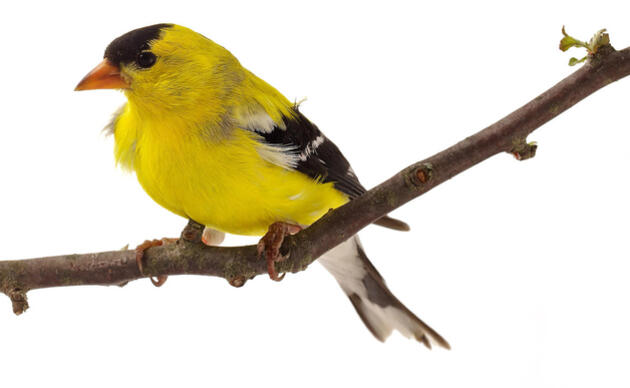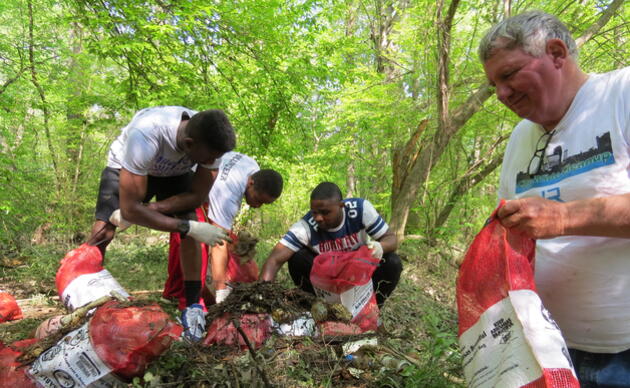Each week we mow 45 million acres of lawns, an area larger than Florida, with 54 million lawnmowers scalping the grass within an inch of the ground. Two million more acres of lawns are added each year. Over the growing season, 800 million gallons of gasoline are used and 17 million gallons are spilled filling mowers. We use 25,000 gallons of water per lawn to keep it green, half of our household water consumption. Lawns are our biggest irrigated crop but we cannot eat it or sell it. It costs us money, water, and time to maintain. We weed, edge, aerate, blow, rake, fertilize, and add pesticides that kill beneficial invertebrates, birds and other wildlife, while polluting waterways and groundwater.
The bird-friendly solution is to start replacing your lawn, in small sections, with native plants. Buffalograss, a native, lawn-like, prairie grass is one replacement choice. It provides habitat for wildlife and is extremely drought tolerant. A new buffalograss lawn turf variety requires little to no water or mowing and there are companies that sell seeds and sod. Tallgrass prairie species such as Indian grass, big and little bluestem, and eastern gamagrass, also require little water and maintenance once established, if you don’t mind the look of tall, beautiful, bunches of grass that ripple in the wind.
Native trees such as oak, black cherry, American holly, and red mulberry produce fruit for wildlife and places to nest. Native shrubs like huckleberry, sumac, American beautyberry, and yaupon holly also provide food and cover. Native flowers, wines, and plants of all kinds are food for native insects, which in turn are food for birds. Drought tolerant native plants would cut water use by 75%.
Unfortunately, you are not likely to find many true Arkansas natives in chain garden stores. There are a few specialized retailers in Arkansas such as Pine Ridge Gardens. But the more consumers demand native plants, the more stores will create the supply to meet the demand.
Posted with permission from Jerry W. Davis, Certified Wildlife Biologist, Hot Springs, AR.





